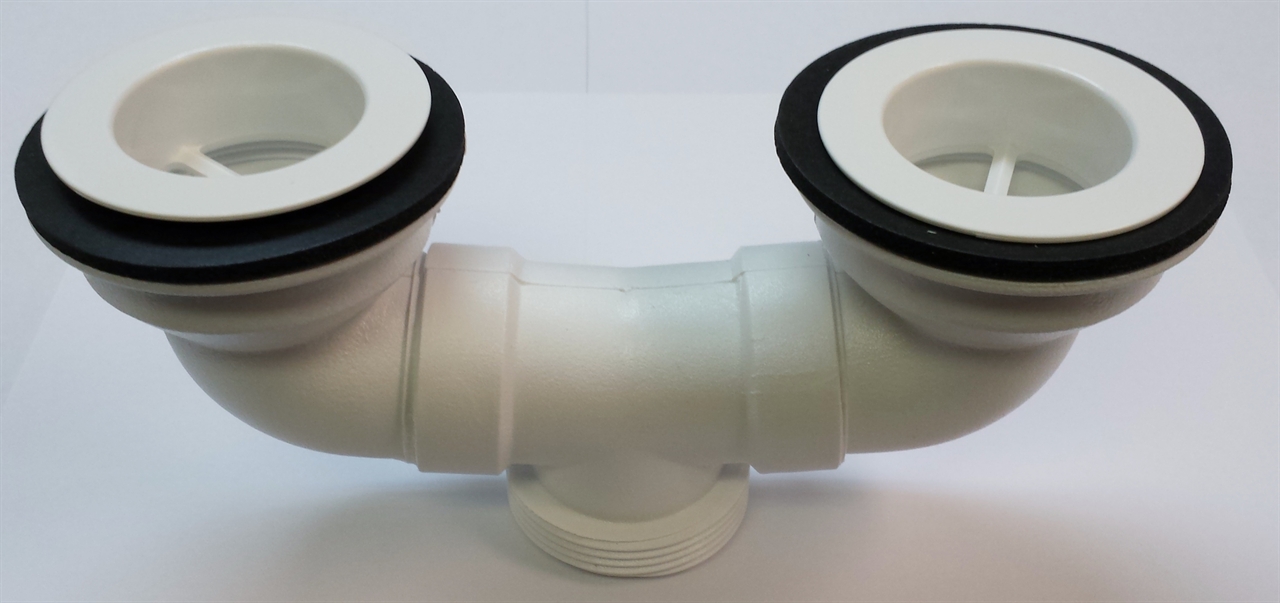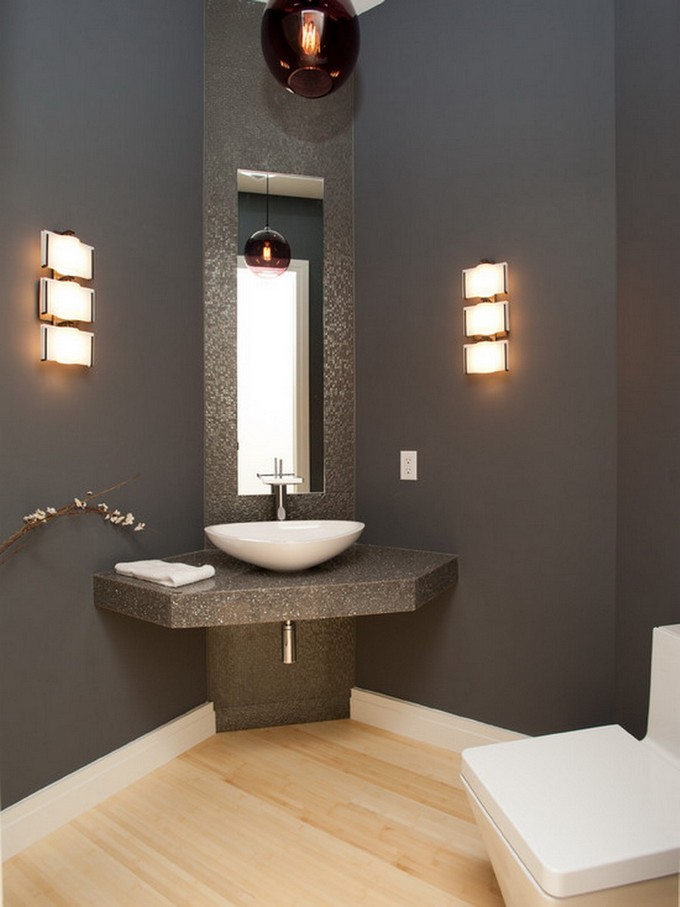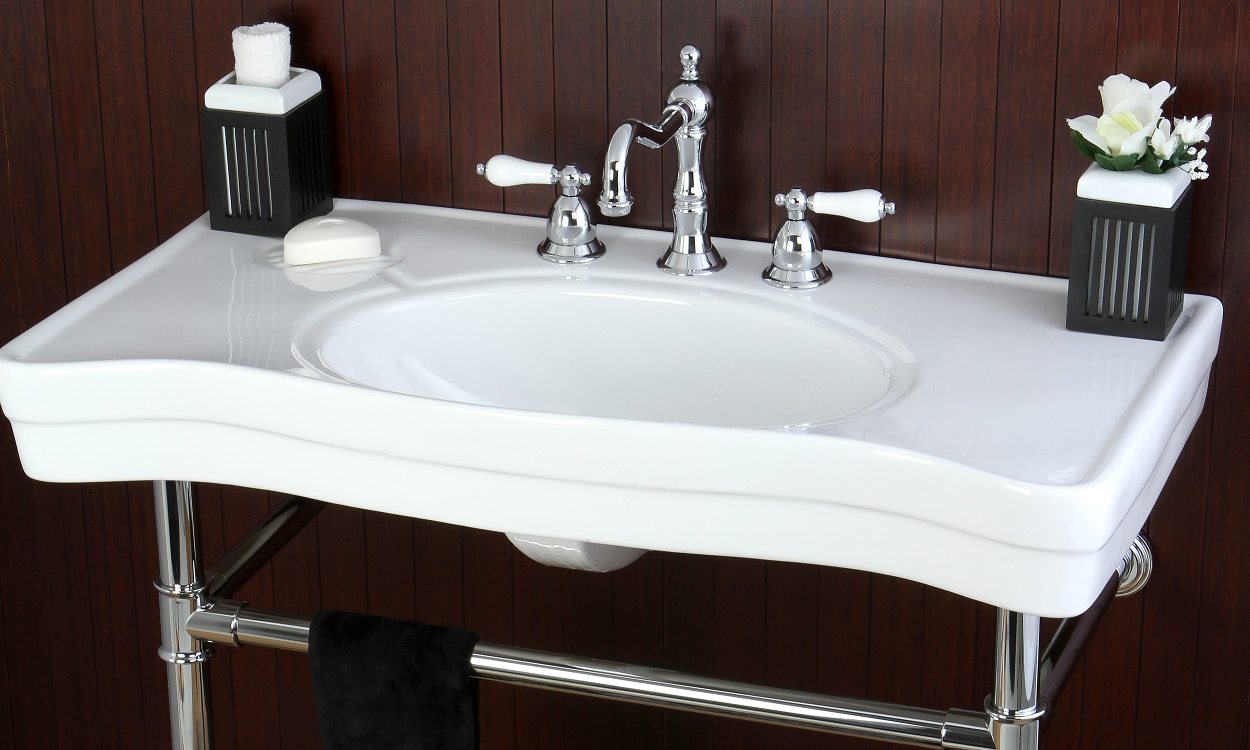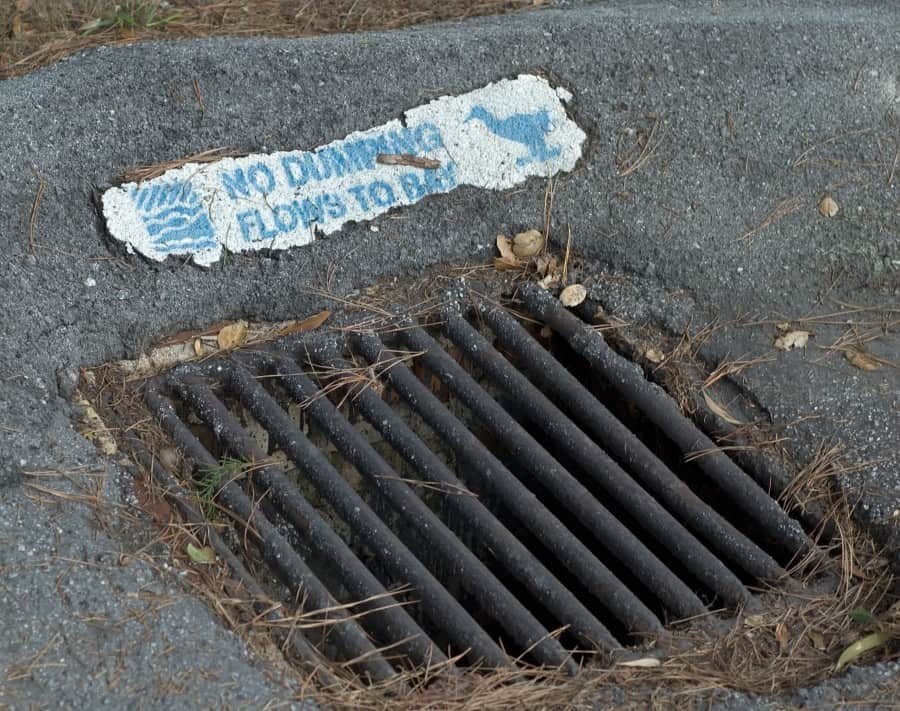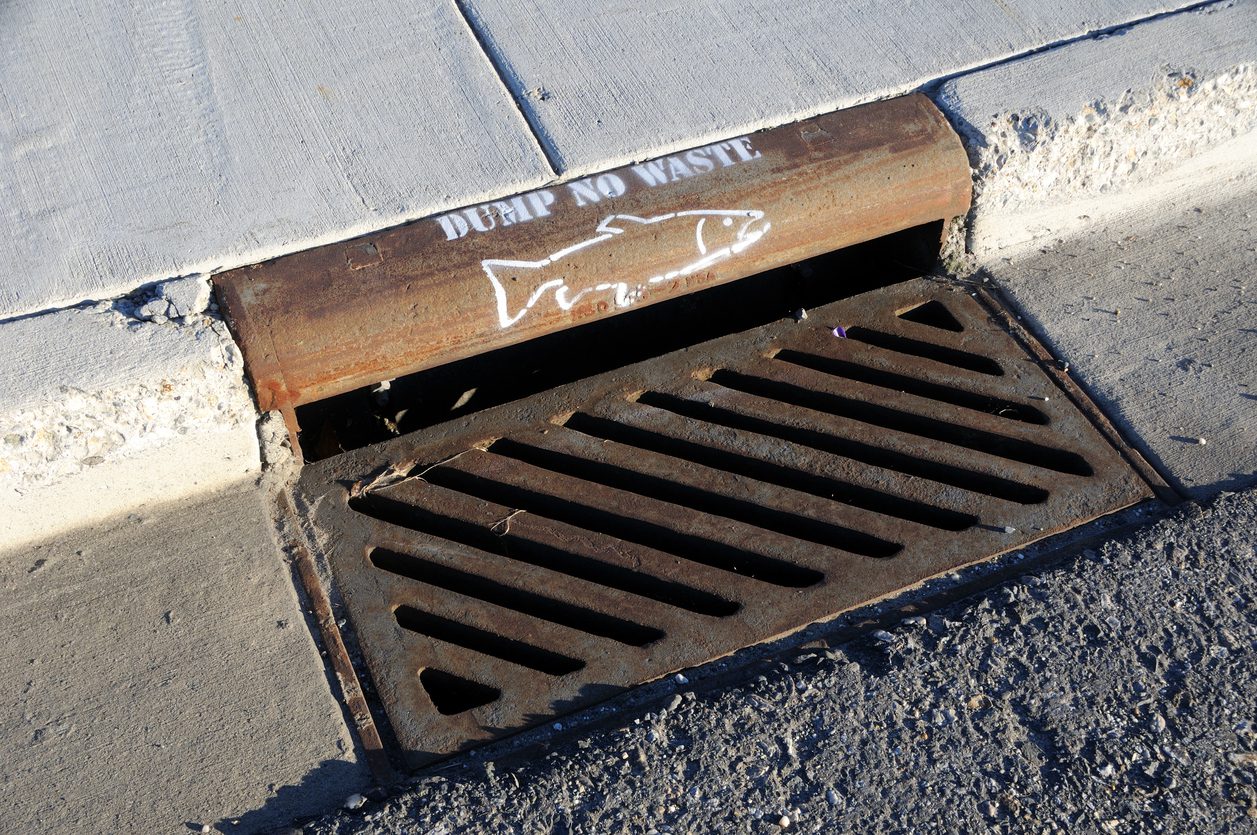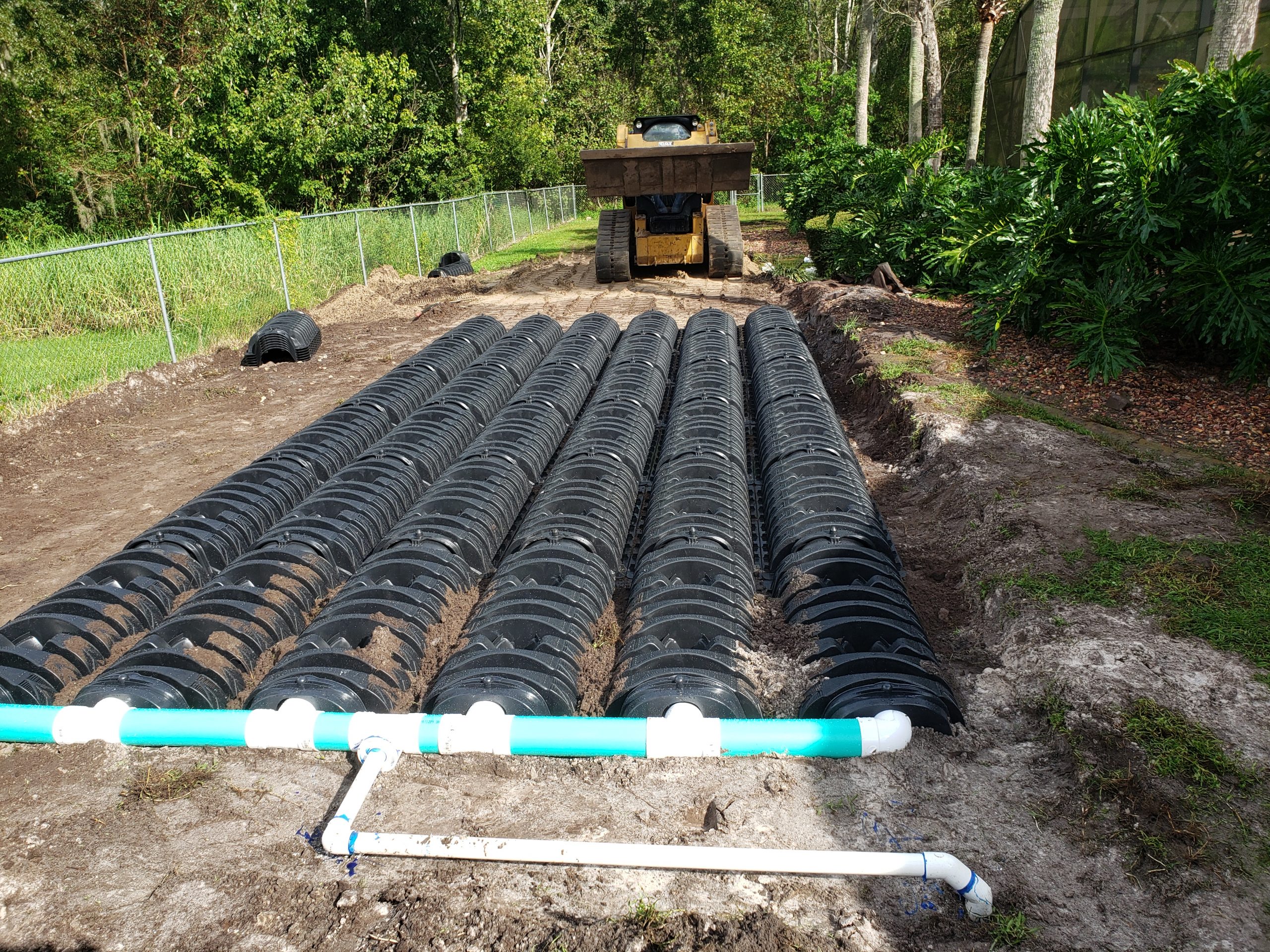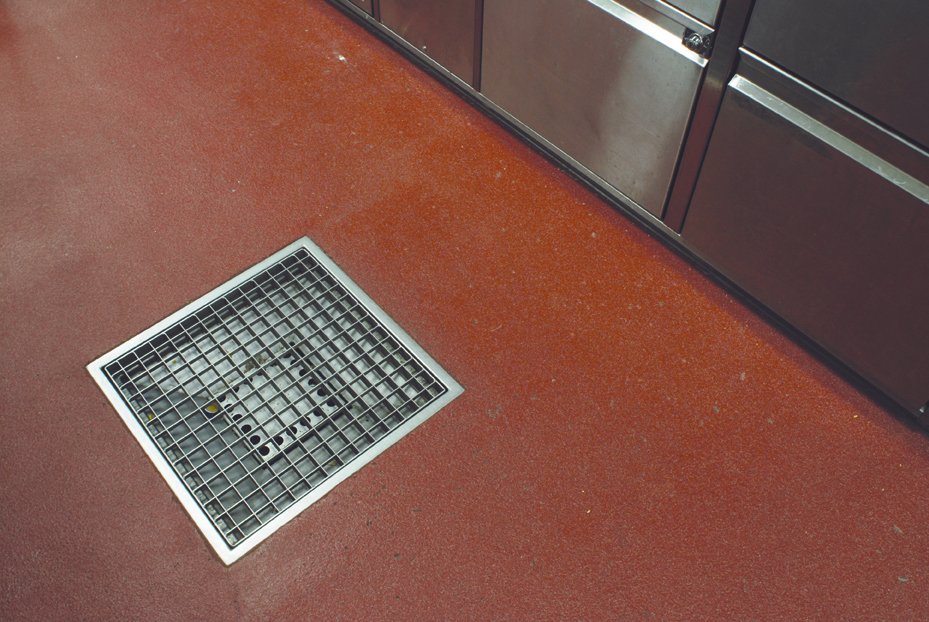When it comes to your bathroom sink, the drain assembly may seem like a small and insignificant component. However, it plays a crucial role in keeping your sink functioning properly. Without a well-installed and maintained drain assembly, you may face plumbing issues and a messy sink. In this article, we will take a closer look at the top 10 bathroom sink drain assembly diagrams to help you understand how this essential component works and how to troubleshoot common problems.Introduction to Bathroom Sink Drain Assembly Diagram
The sink drain assembly is made up of several parts that work together to remove wastewater from your sink and send it to the main drain line. These parts include the drain flange, tailpiece, P-trap, and drain stopper. The assembly also includes a few other components such as the gaskets, washers, and nuts that help secure everything in place. Understanding how each of these parts fits together is crucial in troubleshooting any issues with your sink drain.The Basics of Sink Drain Assembly Diagram
Reading a drain assembly diagram may seem intimidating at first, but it is actually quite simple. The diagram will typically have labels for each component and arrows showing the direction of water flow. The most important thing to understand is the order in which the parts are placed and how they connect to each other. This will help you identify any potential issues and make any necessary repairs or replacements.How to Read a Drain Assembly Diagram
There are several types of bathroom sink drain assemblies, each with its own unique design and function. The most common types include pop-up drains, grid drains, and flip-top drains. Pop-up drains are the most popular and are operated by a lever or knob that opens and closes the drain stopper. Grid drains do not have a stopper and instead use a metal grid to catch debris. Flip-top drains have a cover that can be flipped open or closed to control water flow.Types of Bathroom Sink Drain Assemblies
Like any plumbing component, the sink drain assembly can encounter problems over time. The most common issues include clogs, leaks, and corrosion. Clogs can occur when debris and hair build up in the drain, preventing water from flowing freely. Leaks can be caused by loose or worn out gaskets and washers. Corrosion can occur due to constant exposure to water and can lead to cracks and holes in the pipes. Regular maintenance and proper installation can help prevent these problems.Common Problems with Sink Drain Assembly
If you are installing a new bathroom sink or replacing an old drain assembly, it is important to do it correctly to avoid any future issues. The first step is to gather all the necessary tools and materials, including the new drain assembly, pliers, and plumber's putty. You will then need to remove the old drain assembly, clean the area, and apply plumber's putty to the underside of the drain flange before securing it in place. The rest of the assembly can then be installed in the correct order.How to Install a Bathroom Sink Drain Assembly
A leaky sink drain assembly can be a nuisance and can also lead to water damage if not addressed promptly. To fix a leak, you will need to first identify where the leak is coming from. It could be due to a loose nut or washer, a cracked pipe, or a damaged gasket. Once you have identified the problem, you can make the necessary repairs or replacements. If you are not comfortable doing the repairs yourself, it is best to call a professional plumber.How to Fix a Leaky Sink Drain Assembly
Proper maintenance is key to ensuring your bathroom sink drain assembly functions properly and lasts for a long time. This includes regular cleaning to prevent clogs and removing any hair or debris that may have accumulated. It is also important to check for leaks and make any necessary repairs as soon as possible to avoid any potential damage. With proper maintenance, you can save yourself from costly repairs and replacements in the future.Importance of Proper Maintenance
While some minor issues with your bathroom sink drain assembly can be fixed with a little DIY know-how, it is important to know when to call a professional. If you are unsure about how to fix a problem or do not have the necessary tools or skills, it is best to leave it to the experts. They have the experience and knowledge to troubleshoot and fix any issues with your sink drain assembly quickly and effectively.When to Call a Professional
The bathroom sink drain assembly may seem like a small and insignificant part of your plumbing system, but it is crucial in keeping your sink functioning properly. Understanding how it works and how to maintain and troubleshoot it can save you from headaches and costly repairs in the future. With the top 10 bathroom sink drain assembly diagrams and tips in this article, you can keep your sink running smoothly and efficiently for years to come.In Conclusion
The Importance of Understanding Bathroom Sink Drain Assembly Diagrams in House Design

Efficient Water Flow
 When it comes to house design, every detail matters. This includes the
bathroom sink drain
assembly, which may seem like a small and insignificant part of the overall design. However, understanding its diagram and how it works is crucial for efficient water flow in your bathroom. The drain assembly is responsible for removing used water from your sink and directing it into the drainage system. If the assembly is not installed correctly or if there are any clogs or leaks, it can lead to slow drainage or even water damage. By familiarizing yourself with the
bathroom sink drain assembly diagram
, you can ensure that your sink is functioning properly and avoid any potential issues.
When it comes to house design, every detail matters. This includes the
bathroom sink drain
assembly, which may seem like a small and insignificant part of the overall design. However, understanding its diagram and how it works is crucial for efficient water flow in your bathroom. The drain assembly is responsible for removing used water from your sink and directing it into the drainage system. If the assembly is not installed correctly or if there are any clogs or leaks, it can lead to slow drainage or even water damage. By familiarizing yourself with the
bathroom sink drain assembly diagram
, you can ensure that your sink is functioning properly and avoid any potential issues.
Proper Installation
 The
bathroom sink drain assembly
diagram also plays a significant role in the proper installation of your sink. Whether you are installing a new sink or replacing an old one, having a clear understanding of the assembly diagram can make the process much smoother. It can help you identify the different components and their placement, making it easier to assemble and install the sink correctly. This is especially important for DIY enthusiasts who may not have a professional plumber to guide them. A properly installed drain assembly can also prevent future leaks or damages, saving you time and money in the long run.
The
bathroom sink drain assembly
diagram also plays a significant role in the proper installation of your sink. Whether you are installing a new sink or replacing an old one, having a clear understanding of the assembly diagram can make the process much smoother. It can help you identify the different components and their placement, making it easier to assemble and install the sink correctly. This is especially important for DIY enthusiasts who may not have a professional plumber to guide them. A properly installed drain assembly can also prevent future leaks or damages, saving you time and money in the long run.
Design Aesthetics
 In addition to its functionality, the
bathroom sink drain assembly diagram
can also play a role in the overall design aesthetics of your bathroom. Nowadays, there are various types of drain assemblies available in the market, each with its own unique design and style. By understanding the diagram, you can choose a drain assembly that not only works efficiently but also complements your bathroom's design theme. This can add a touch of elegance and sophistication to your bathroom, making it a more pleasant space to be in.
In addition to its functionality, the
bathroom sink drain assembly diagram
can also play a role in the overall design aesthetics of your bathroom. Nowadays, there are various types of drain assemblies available in the market, each with its own unique design and style. By understanding the diagram, you can choose a drain assembly that not only works efficiently but also complements your bathroom's design theme. This can add a touch of elegance and sophistication to your bathroom, making it a more pleasant space to be in.
Regular Maintenance
 Lastly, understanding the
bathroom sink drain assembly diagram
can help with regular maintenance of your sink. By knowing the different components and how they work together, you can easily identify any issues that may arise and fix them promptly. This can prevent the build-up of debris and clogs, which can lead to more significant problems down the line. Regular maintenance of your drain assembly can also prolong its lifespan, saving you from costly repairs or replacements.
In conclusion, the
bathroom sink drain assembly diagram
may seem like a mundane aspect of house design, but its importance cannot be overlooked. It plays a vital role in efficient water flow, proper installation, design aesthetics, and regular maintenance of your bathroom sink. By understanding the diagram and keeping it in mind during the design and installation process, you can ensure a functional and aesthetically pleasing bathroom sink for years to come.
Lastly, understanding the
bathroom sink drain assembly diagram
can help with regular maintenance of your sink. By knowing the different components and how they work together, you can easily identify any issues that may arise and fix them promptly. This can prevent the build-up of debris and clogs, which can lead to more significant problems down the line. Regular maintenance of your drain assembly can also prolong its lifespan, saving you from costly repairs or replacements.
In conclusion, the
bathroom sink drain assembly diagram
may seem like a mundane aspect of house design, but its importance cannot be overlooked. It plays a vital role in efficient water flow, proper installation, design aesthetics, and regular maintenance of your bathroom sink. By understanding the diagram and keeping it in mind during the design and installation process, you can ensure a functional and aesthetically pleasing bathroom sink for years to come.










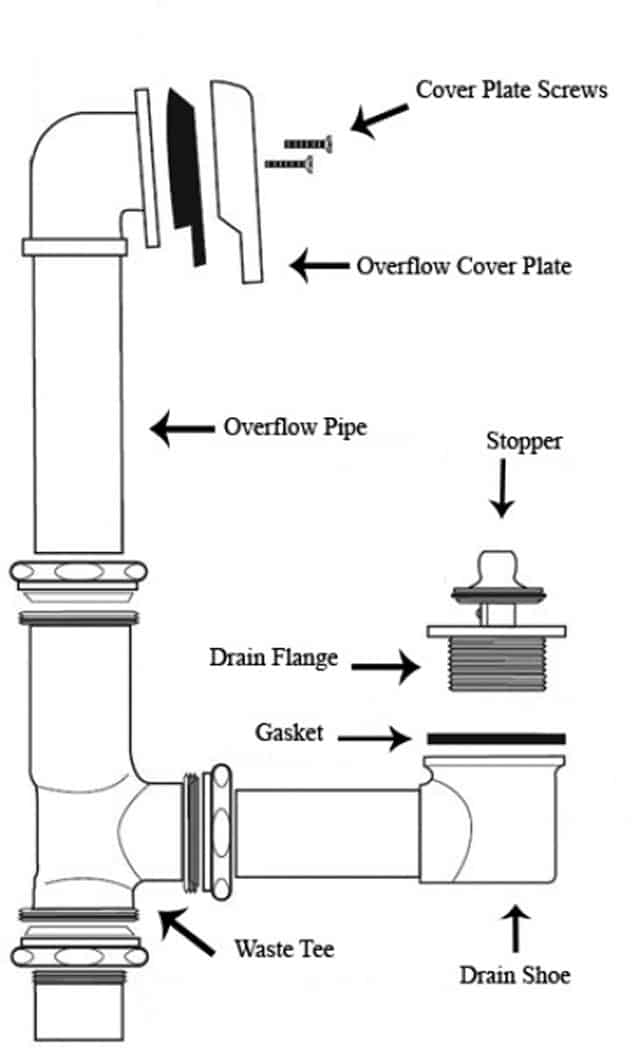




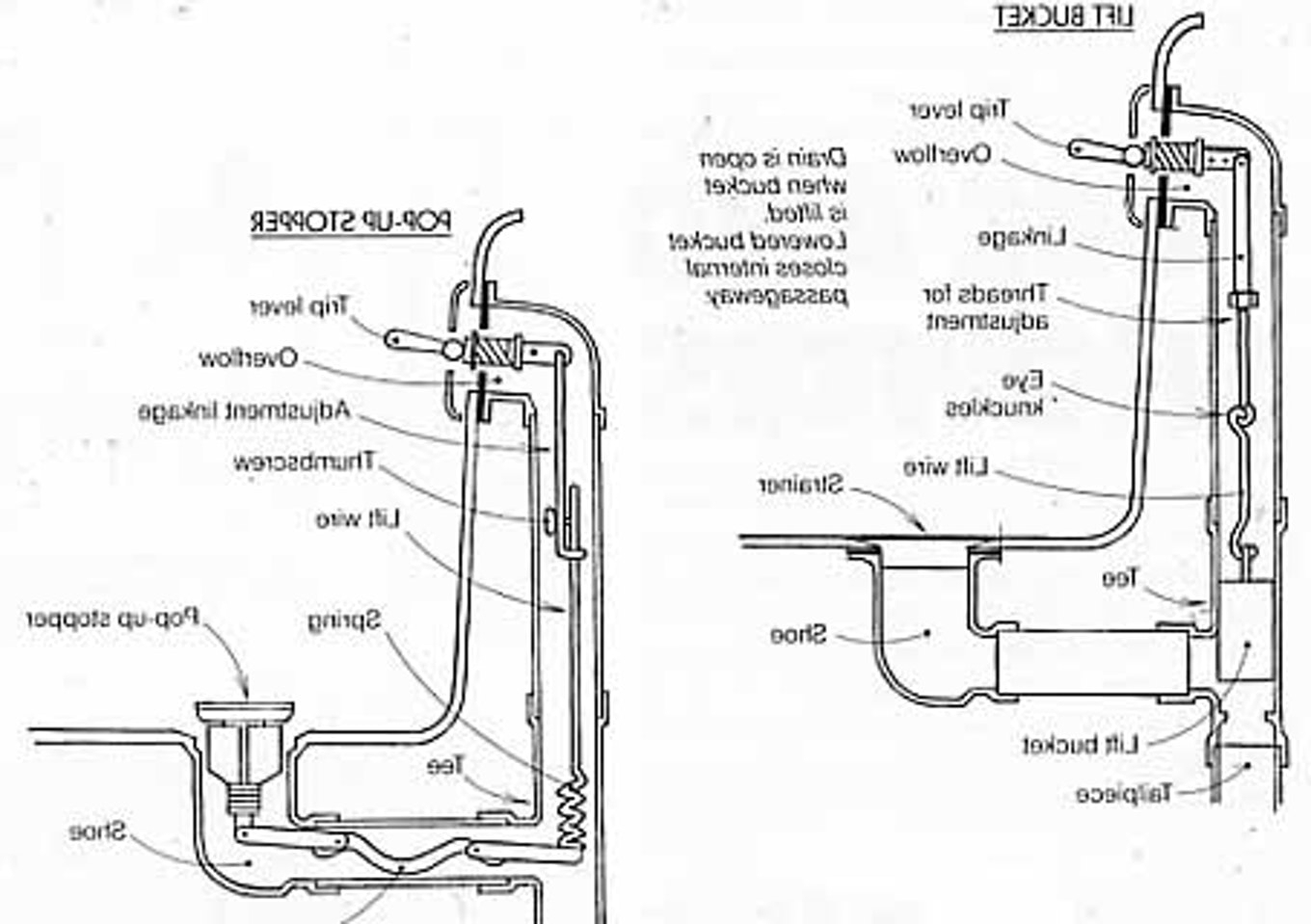








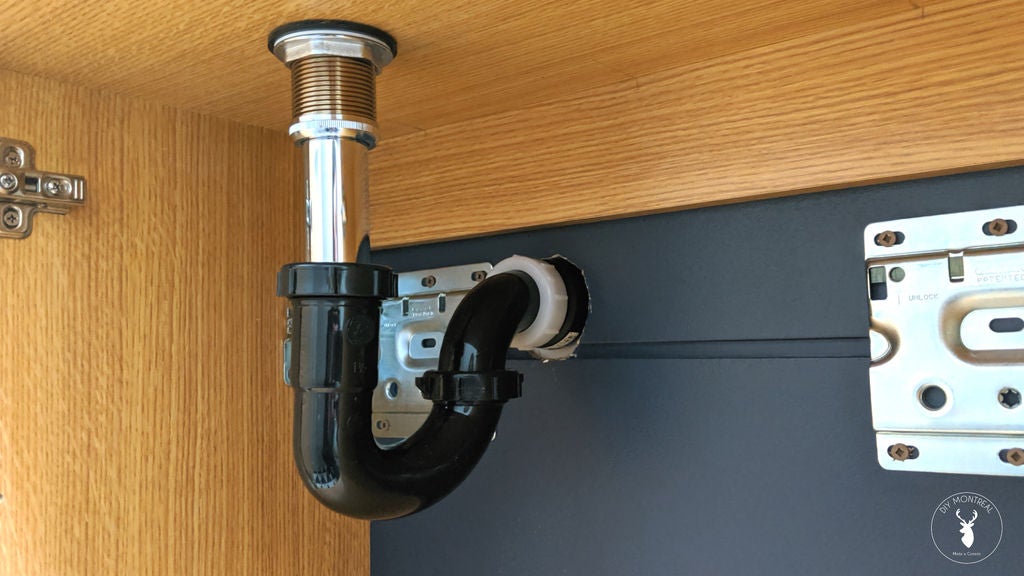











/sink-drain-trap-185105402-5797c5f13df78ceb869154b5.jpg)



